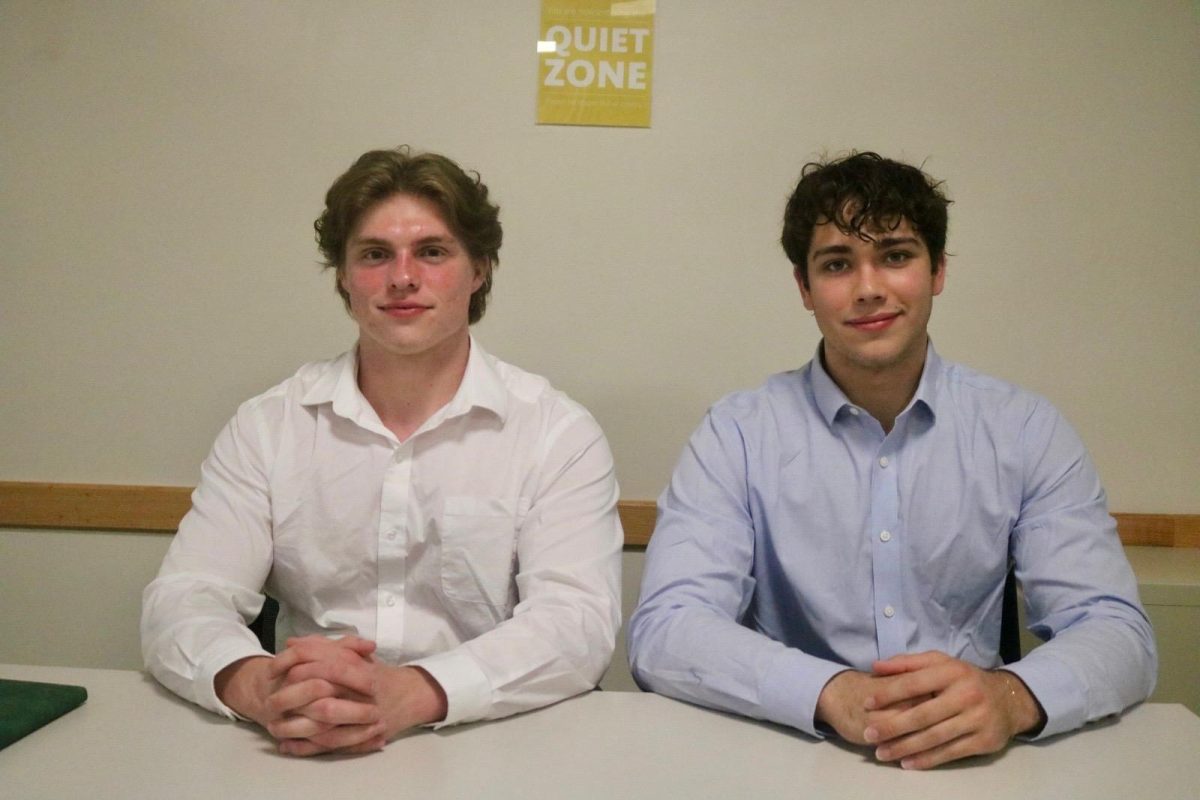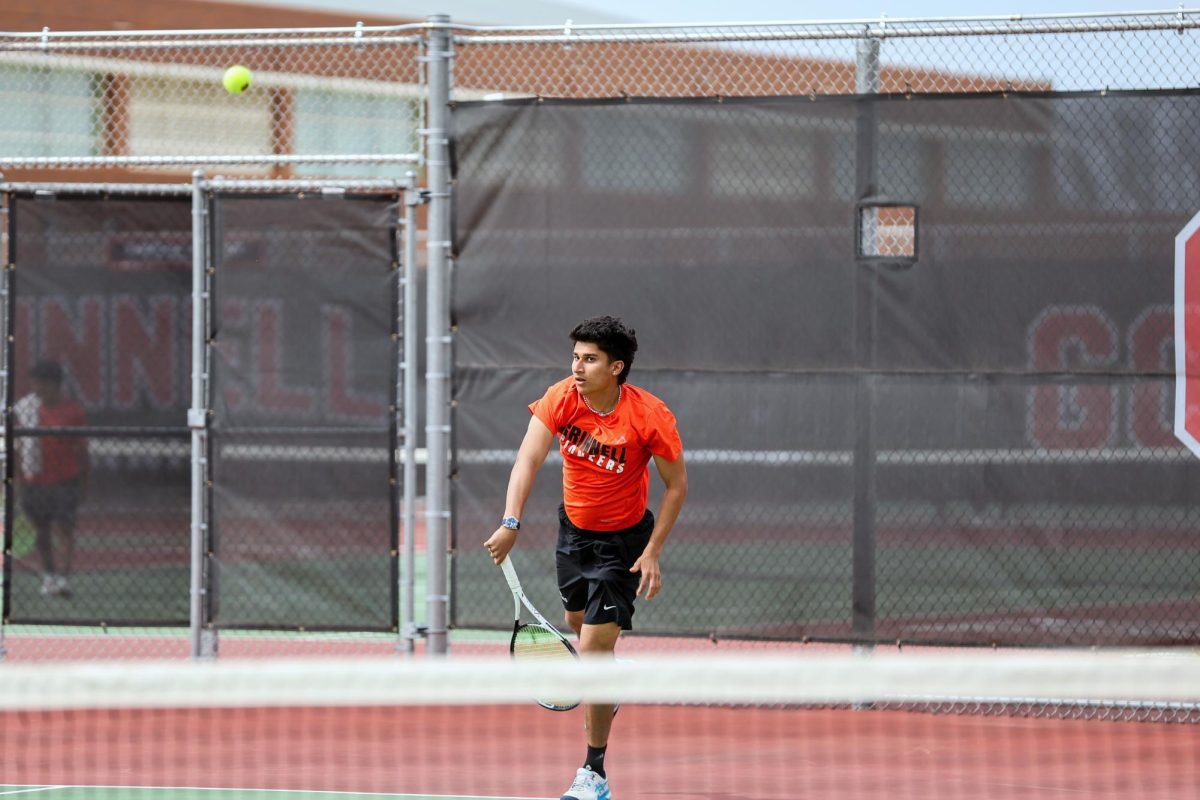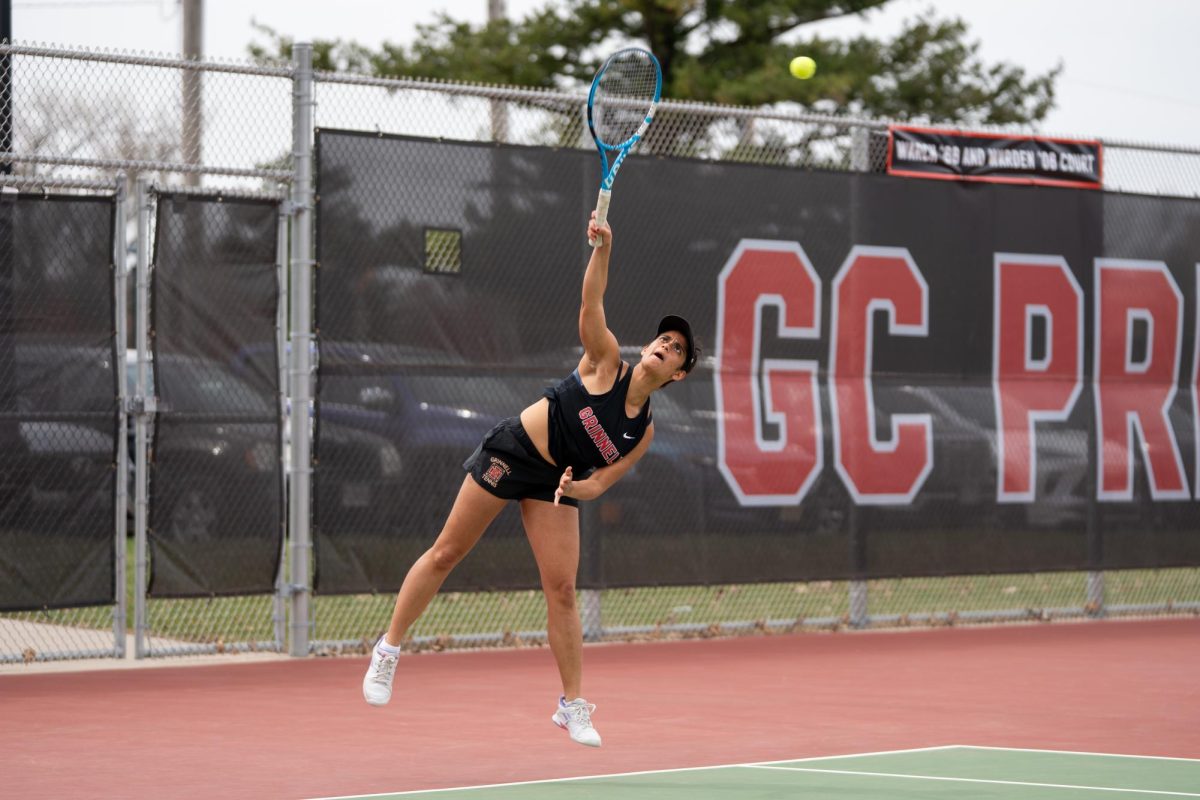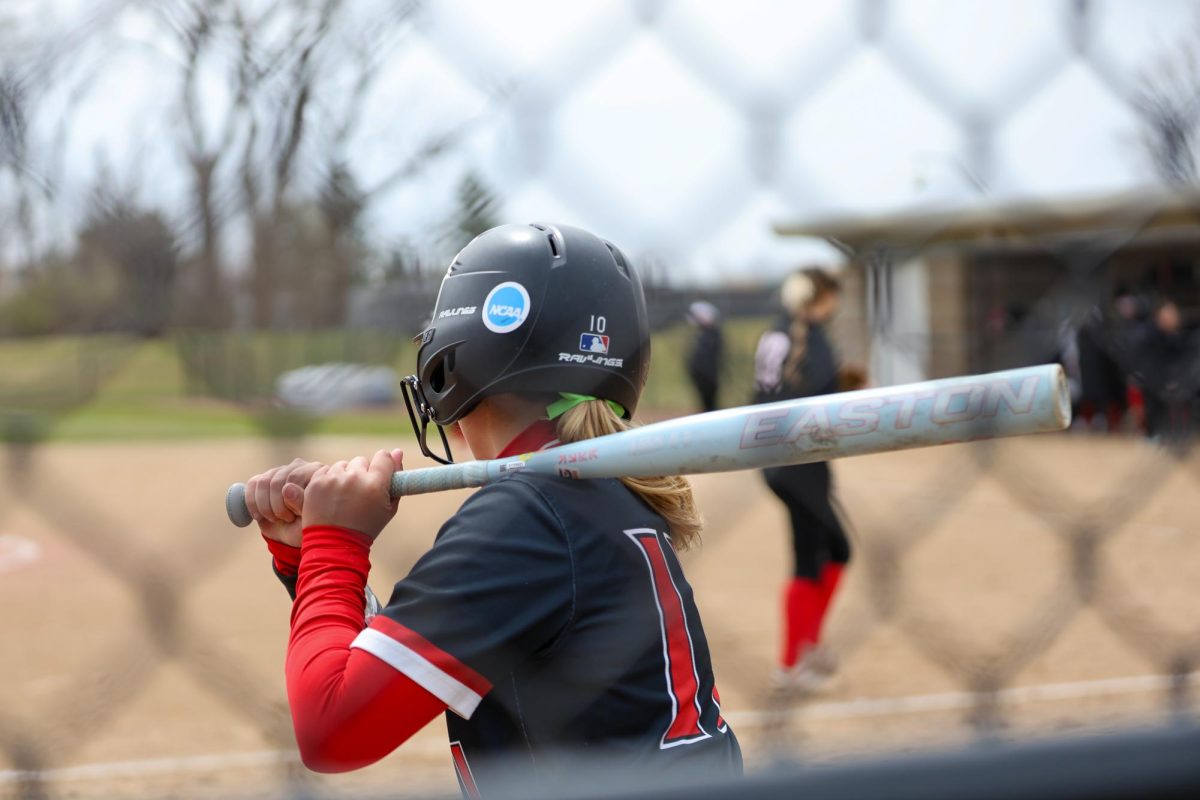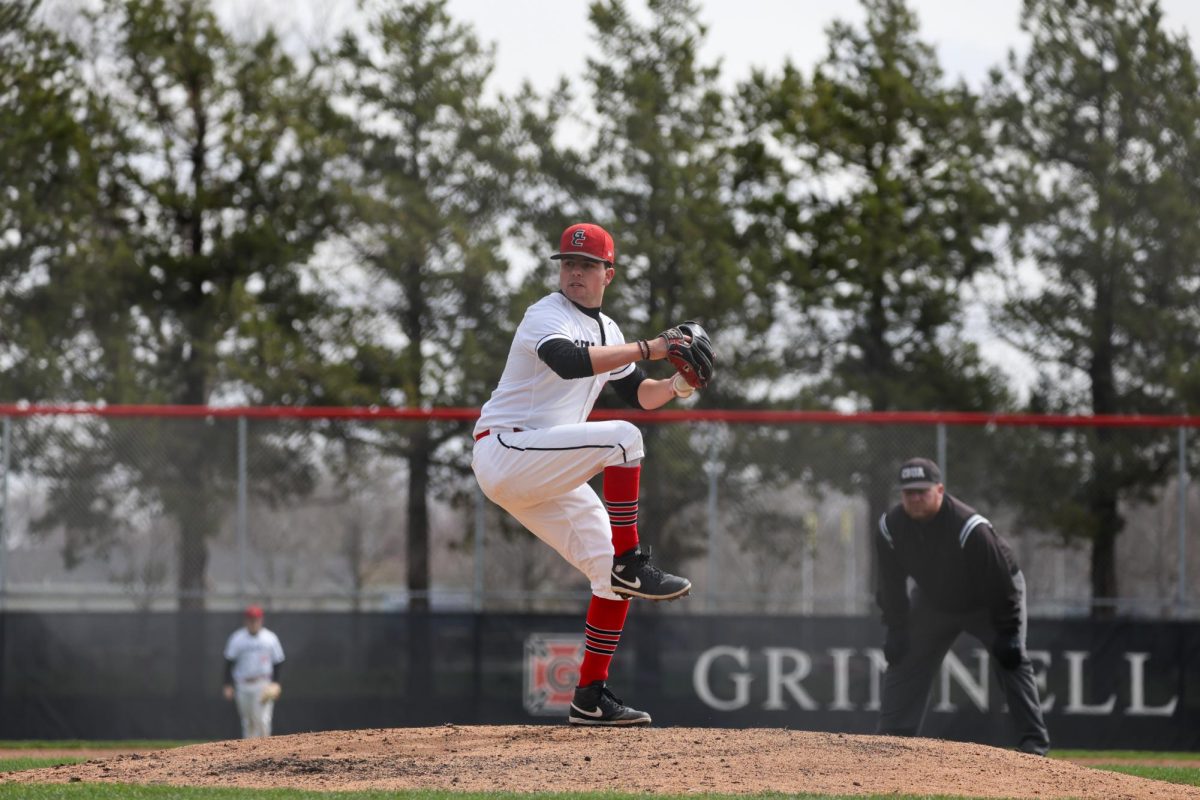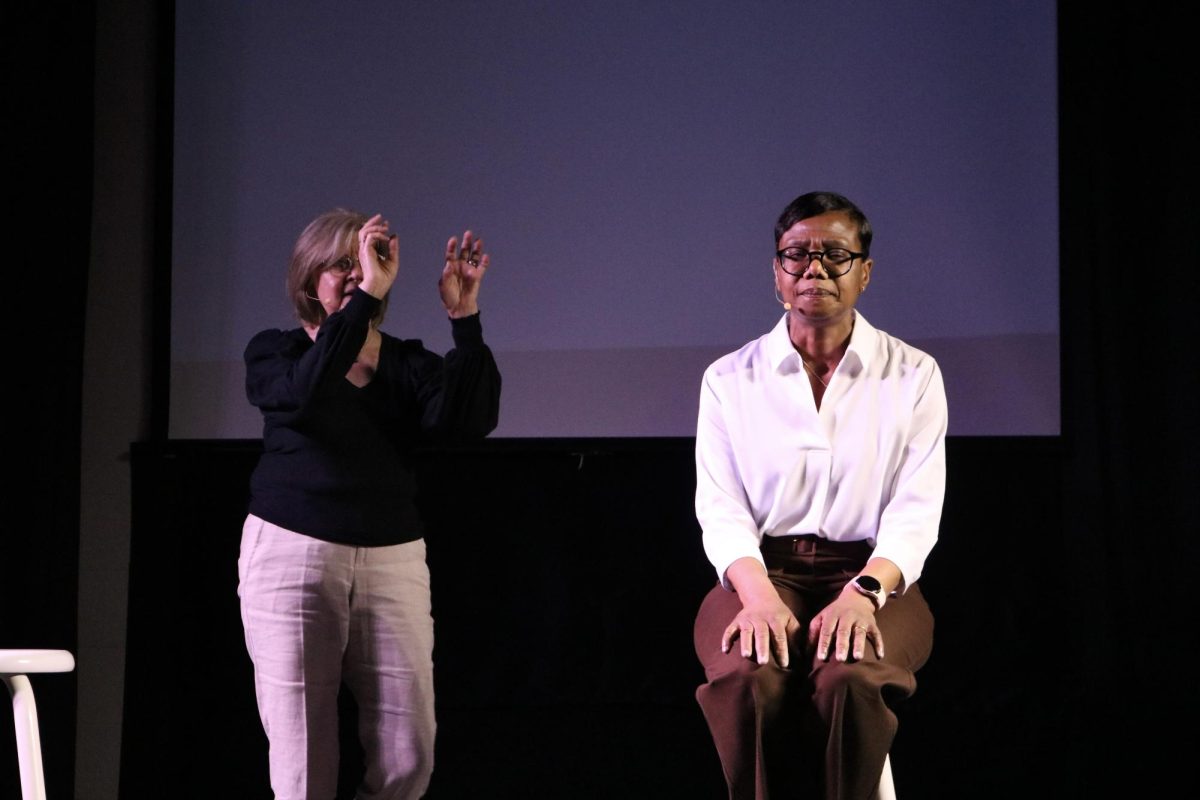Slipping into the rear of the Faulconer Gallery, the new exhibition “Ar(t)chives,” curated by the students of Art 260: Museum Studies opens this Friday, April 8 at 5 p.m. The exhibition will feature a slew of pieces by American artists who worked from the 1930s up to the 1990s.
Lesley Wright, Director of the Faulconer Gallery, taught the Museum Studies class, advising the students on different ways to put together an exhibition.
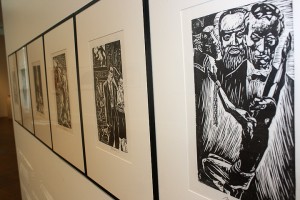
“Museum Studies is a class that introduces the ideas and the practices, particularly of art museums, but many of those ideas are germane to any kind of museum,” Wright said.
Art major Isabel Miller ’11 will speak at the opening as a representative of the class.
“We were given a preselected group from the gallery’s permanent collection,” Miller said, “and we pared it down to something like 44 works. We tried to formulate a cohesive theme that permeated the works and display it in a way that represented that.”
The show, situated in the far end of the Faulconer Gallery, consists of paintings, prints, drawings, one sculpture and one ceramic piece. Covering a number of walls in chronological order, it follows the flow of history, moving from spare Depression era prints to more cheerful and vibrant works of recent decades.
“It is a very linearly organized show. It’s meant to be a timeline and to be viewed in that way,” Wright said. “As you look through the show, is that the 30s and 40s are very black and white. Then you come around the corner and get to the later 20th century, and—boom!—you get color. It just happened that way. I don’t know if it’s a factor of our collection or of what I preselected, but it’s pretty interesting.”
In order to reinforce the timeline element, and to force viewers to think about historical context, the exhibit will include vinyl plaques denoting facts about the time periods of the paintings.
“The facts underneath the work get people to think about what was going on in the world while this art was being made,” Miller said. Some facts are Grinnell-based, while others are national historic moments.
“There’s this tendency to take art out of context and to say, for example, look, the red represents this, and not think about, say, World War II started the same day, when maybe that was on someone’s mind,” Miller said.
Although a World War II connection might be an extreme example, Wright agreed with the contextualization of art.
“The idea is that works of art aren’t created within a vacuum—they’re created within a historical period. These events were the things swirling around the artists whose work we see on the wall as they were creating the art,” Wright said. “To see the art in that historical context was very important to the students and that’s why they wanted a timeline emphasis for the exhibition.”
The process of putting together an exhibition was by no means as simple as selecting favorite works and putting them up on the walls.
Each of the 17 students in the class had a different idea of what they thought the exhibition should look like. “A lot of people were Art History majors, and are trying to go into this in real life,” Miller said. “We went through a lot of ideas.”
The decision of which pieces of art would go into the final exhibit ultimately came down to a vote among the students. “You just had to figure out pretty sincerely how you felt about each piece and why you felt the way you did, and make that argument to a lot of people. That’s a skill I’ve never had to exercise in any other context,” Miller said.
The class had to work around multiple problems that came up, one being the extension of the current Diane Victor show for an additional six weeks.
“We had to make a lot of sacrifices, because we had planned the exhibition to be in an entirely different part of the gallery than it ended up. In the end, though, it worked out because it gave us more space to work with and better walls,” Miller said.
The class allowed students the experience of a job as museum curators before they graduate.
They had to deal with real-life logistical problems, such as calling up or meeting with administrators, checking copyright law and putting together programs for the exhibit.
Students also worked very closely with the actual works of arts from Grinnell’s collection.
“For art majors, being able to touch and sometimes reframe these works we know sometimes only as illustrations in books or things we’ve talked about but never seen, was a big deal. It was more hands-on than I thought I would ever be at an undergraduate program,” Miller said.
For Wright, it was especially good timing to install a student-curated exhibition.
“We’re excited that this exhibition will be on view, along with the student salon, for the inauguration of President Kington,” she said. “One of the things we’re really trying to emphasize during the inauguration is student achievement. We will have two great examples, one from the studio art side and one from the museum side of student achievement, right here on campus.”
“Ar(t)chive” opens this afternoon in Faulconer at 5 p.m., with remarks by Wright and Miller.
Students in Museum Studies will give guided tours on Thursday, April 21 at 4:15 p.m. and there will be a Faculty Panel on the intersection of art and history on Thursday, April 28 at 4:15 p.m. “Ar(t)chive” will be on display through June 5.































